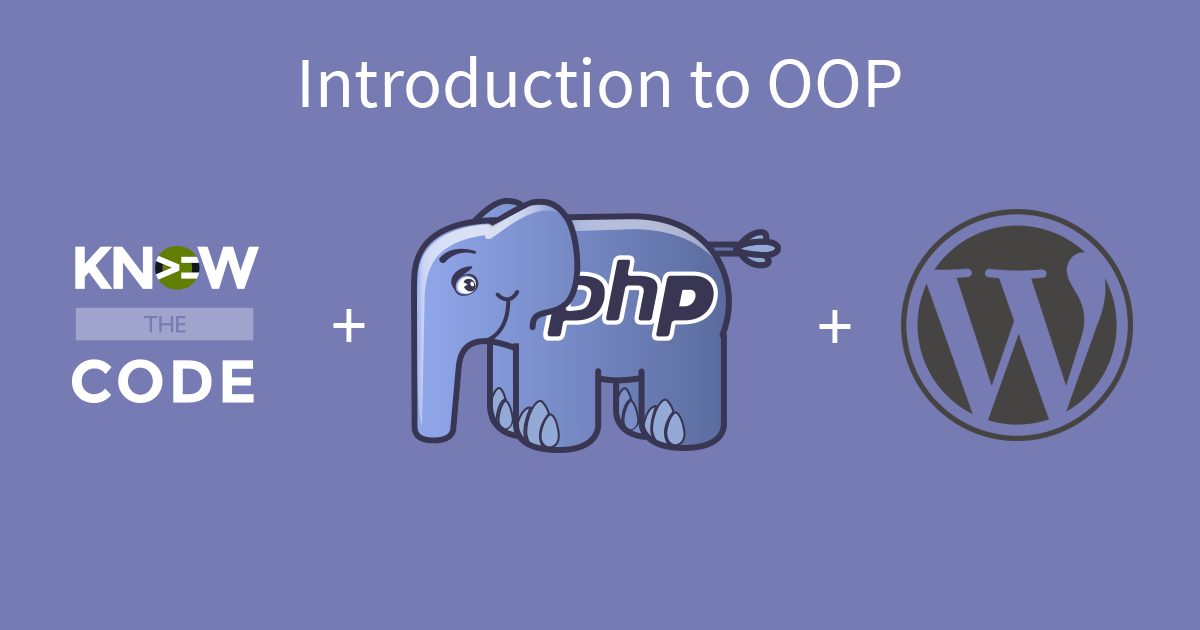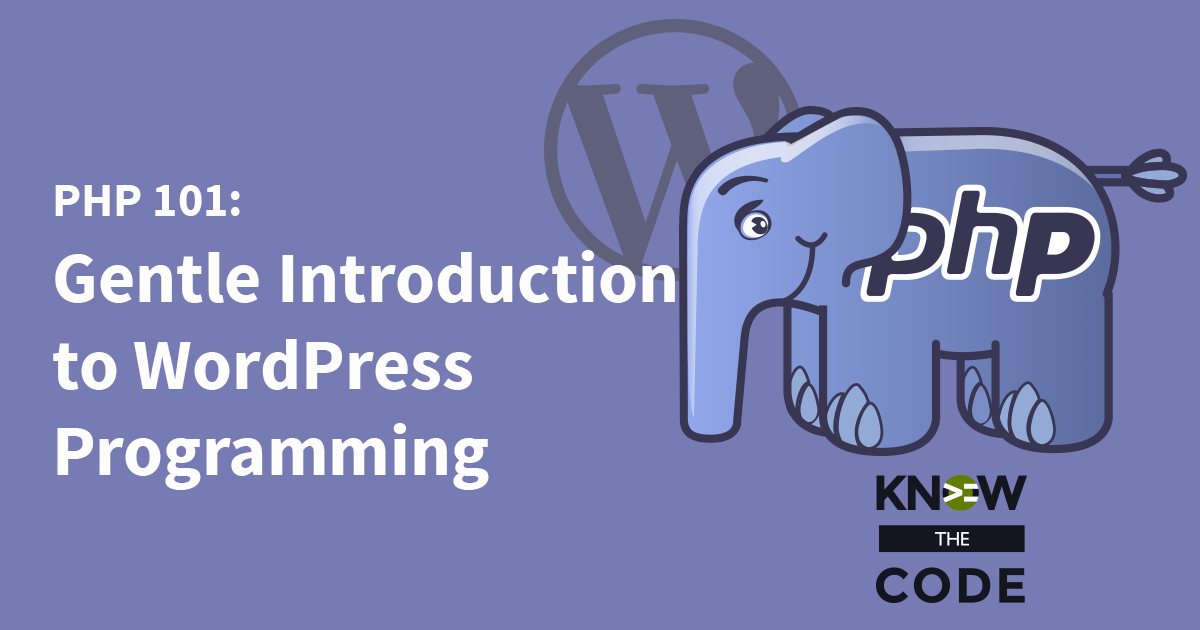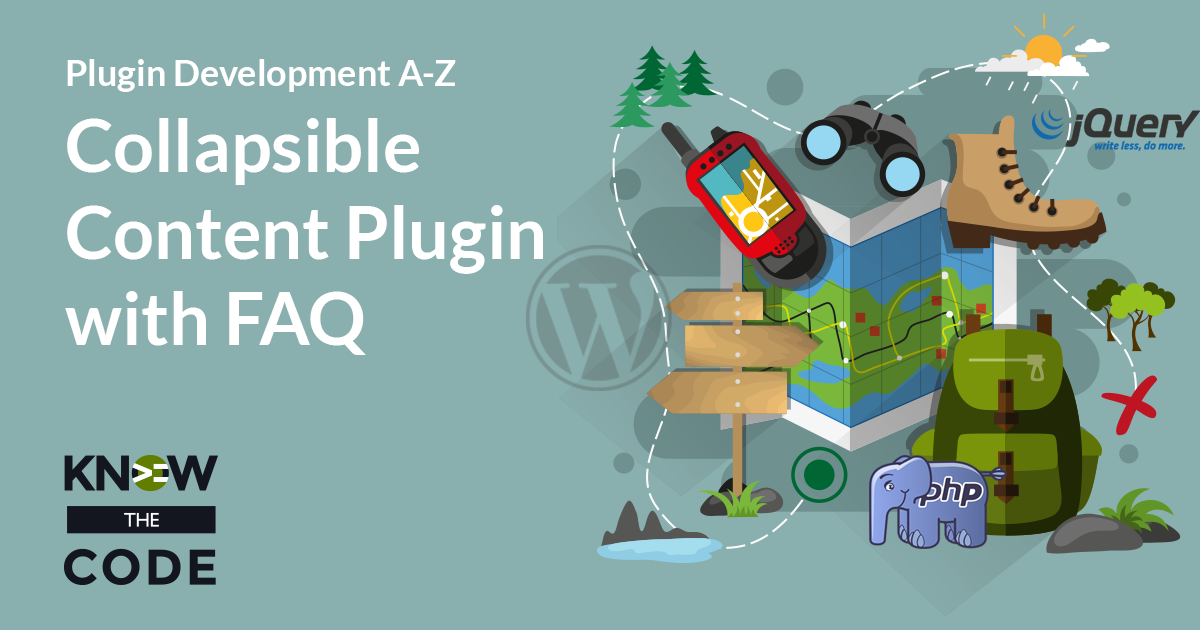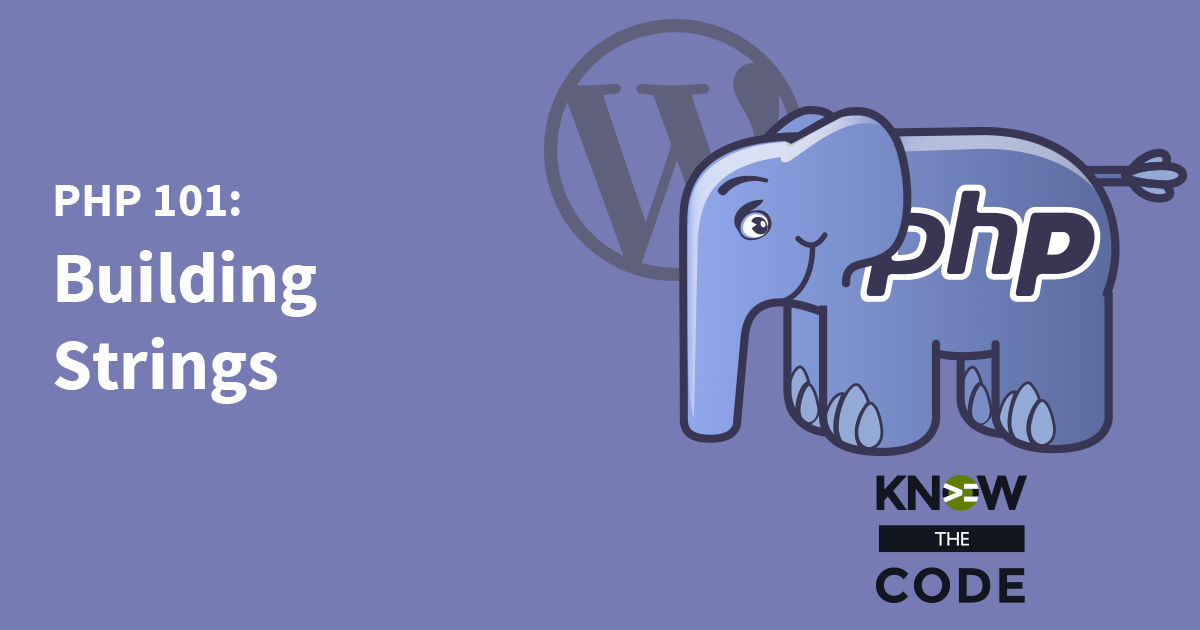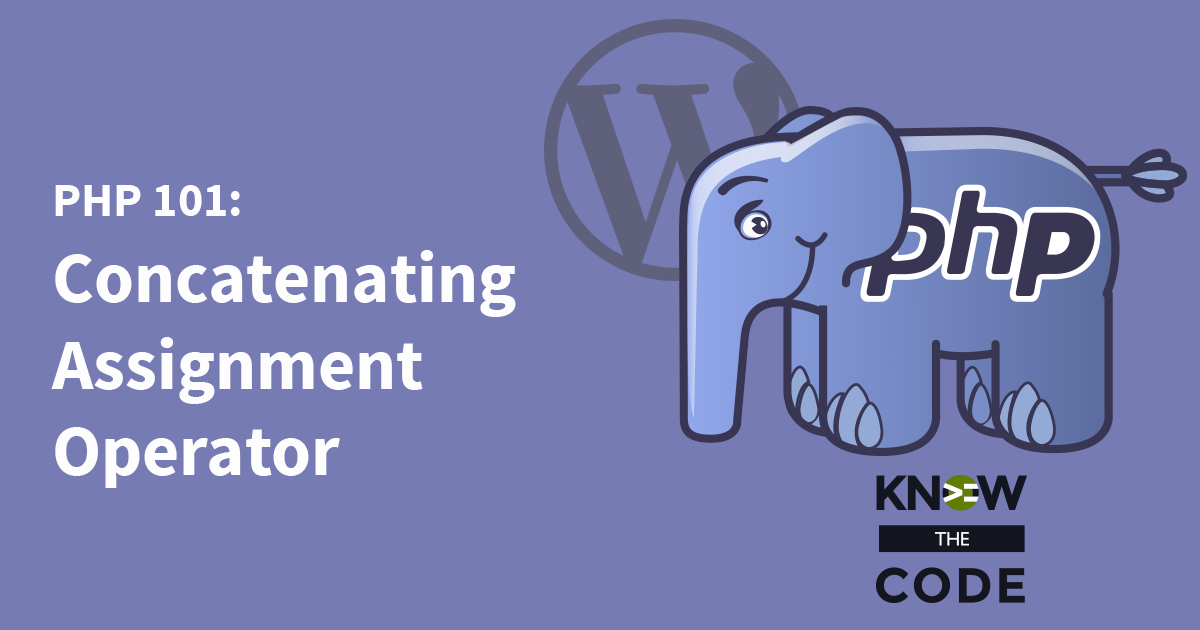An object has both characteristics and behavior. It is built from a blueprint. To help you grasp the concept, let’s relate software objects to physical, real world objects. We are going to talk about homes in a new subdivision. You’ll see how the concept of homes (objects) and be translated into software objects and OOP.
